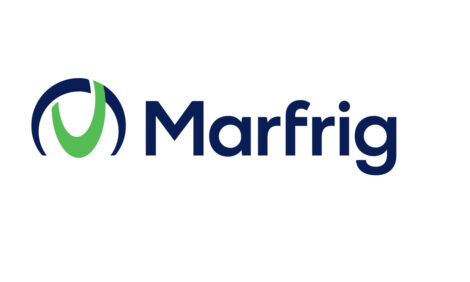



Measuring Up Methionine Sources
GLOBAL - Methionine is an essential amino acid in animal nutrition. Last year’s global methionine market experienced strong demand growth of 6 per cent, despite supply disruptions.
Supply disruptions occurred as major producers experienced production shortfalls due to raw material shortages, facility maintenance and delayed plant openings. Many of these issues have been resolved as supply has stabilized. With continued growth in protein consumption globally, the demand for this production remains strong. As global methionine demand continues to experience strong growth, it is important to understand the differences among the commercially-available sources in the market today.
Differences among methionine sources
Methionine exists in two forms, as D-methionine and L-methionine. There is no difference in the chemical make-up of the two isomers. However, the configurations of the molecules differ. Enzymes are sensitive to the configurations of these isomers, and animals can only convert the L-methionine into protein.
The chemical structure of HMTBa [2-hydroxy 4-(methylthio) butanoic acid], also referred to as methionine hydroxy analogue, is similar to that of methionine. It contains the carboxyl group, hydrogen atom and R group branching from a central carbon atom. However, instead of an amine group, the HMTBa molecule has a hydroxyl group (OH) in its place. HMTBa exists in both D- and L-isomer forms.
Chemical Structure of HMTBa vs DL-methionine

Uptake and conversion
Once ingested by the animal, both D- and L-methionine are transported across the intestinal wall primarily via active and carrier-mediated transport. Once absorbed, L-methionine is directly incorporated into protein. The D-methionine is converted into L-methionine in a two-step process.
Conversely, the D- and L-isomers of HMTBa are transported across the animal’s intestinal wall, mainly by diffusion. Once absorbed, the analogue also undergoes a two-step process to be converted into L-methionine.
The L-methionine molecules derived from D-methionine or HMTBa can then be used by the animal to build protein.

HMTBa: The methionine source that works better
Because HMTBa has a hydroxyl group instead of an amine group, it is an organic acid. Its chemical properties as an organic acid allow it to offer multiple benefits to the animal that D-methionine and L-methionine cannot offer as amino acids.
HMTBa provides acidifying effects of organic acids. These acidifying effects subsequently provide gut health advantages to the animal.
HMTBa has also been shown to reduce nitrogen excretions, support performance during heat stress and offer antioxidant capacity. These additional characteristics help producers maximize animal performance in the field.
For more details about the differences among methionine sources and the benefits of HMTBa beyond methionine, read more here.
Visit http://www.novusint.com/en-us/Products to learn more about Novus International, Inc.’s methionine solutions for the livestock industry.









